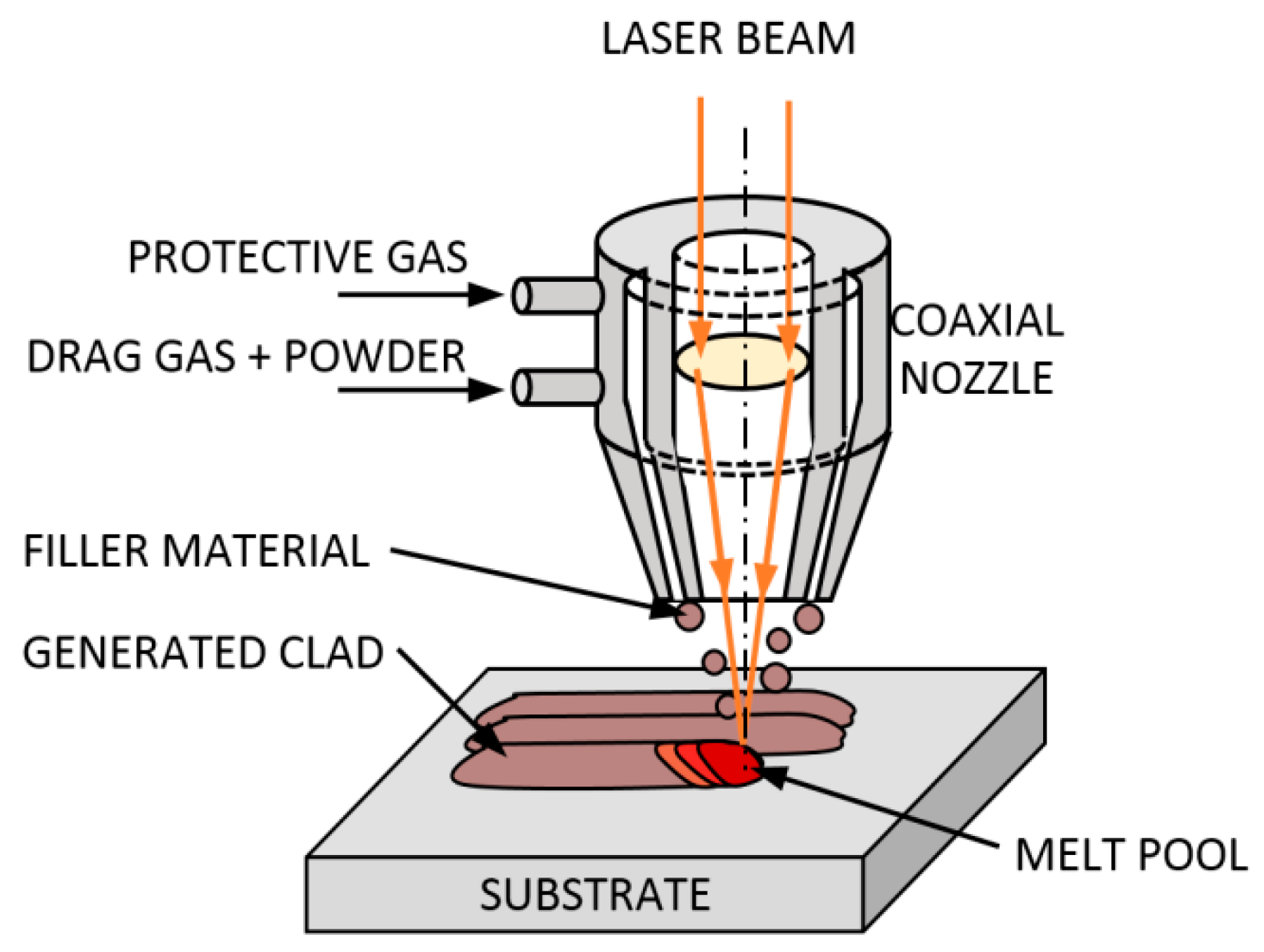As a result so called second order size effects occur.
Fundamentals on the miniaturization of sheet metal working processes.
M p groover fundamentals of modern manufacturing 3 e basic types of sheet metal processes 1.
Female die male die punch post.
16 kalpakjian design for sheetmetal working ch.
Typical sheet metal working.
Various stresses involved force required shearing operations punching blanking nibbling etc.
Cutting shearing to separate large sheets blanking to cut part perimeters out of sheet metal punching to make holes in sheet metal 2.
Describe different forming processes when they might.
This lecture describes the shearing operations in detail.
Fundamentals on the manufacturing of sheet metal microparts m.
Or in other words drawing is the operation of producing thin walled hollow shaped parts from sheet metal.
Kals fertigungstechnologie universitat erlanyen nurnberg erlangen germany received on january 9 1996 abstracf the miniaturization of components and therefore the downscaling of metal forming processes as it can be observed today especially in the field of electronics production is closely.
Sheet metal forming 2 810 d.
A it is a forming process by pushing a punch against a flat sheet and forcing it into a die to take the required shape.
Sheet metal forming basics.
2002 john wiley sons inc.
Groover fundamentals of modern manufacturing 2 e sheet metalworking forming and related operations performed on metal sheets strips and coils high surface area to volume ratio of starting metal which distinguishes these from bulk deformation often called pressworking because presses perform.
Cooper sheet metal forming ch.
Miniaturization of sheet metal working processes causes changes in the relative contribution of relevant process parameters.
Bending straining sheet around a straight axis 3.
Examples sheet metal formed.
The present paper should give a survey of different kinds of second order size effects that can be expected in tensile testing air bending and punching of sheet metal.
Introduction to sheet metal forming processes.
Ongoing miniaturization in various technical fields such as the electronics industry or micro systems technology requires precise forming processes for the production of small and thin components.
Both the die and the punch have shape of the part to be manufactured.
For example thin metal foils are being used in microelectromechanical systems electronic components and medical devices.

